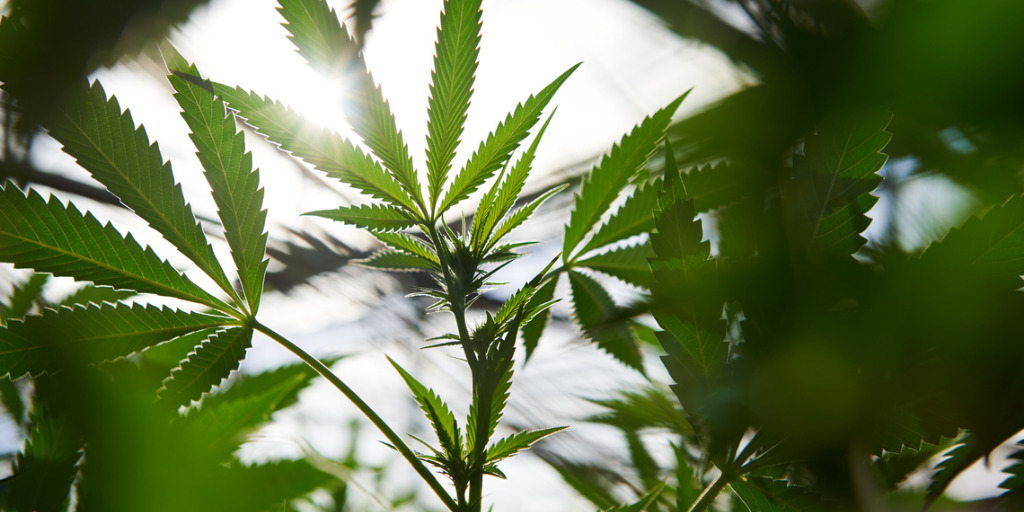In a significant shift, numerous cities and counties in California are taking action to reduce or eliminate taxes on legal cannabis sales, businesses, or cultivation. This movement, seen in major markets like Los Angeles and San Francisco, as well as in cannabis production-focused areas like Calaveras and Humboldt counties, reflects a growing recognition among elected officials that the high cost of legal marijuana is driving consumers to the still-thriving illicit market.
California imposes a 15% state excise tax on cannabis sales, in addition to state sales taxes, which can reach as high as 10.75% in certain areas. Moreover, local jurisdictions can impose their own taxes, adding to the financial burden on legal cannabis businesses.
While these tax cuts offer some relief, the industry still faces considerable challenges, including the recent collapse of Herbl, a major distributor with unpaid invoices across the state. To address these issues, the industry is looking for help from local lawmakers rather than relying solely on state-level changes.
The decision by local governments to reduce cannabis taxes marks a significant departure from the early days of legalization when municipalities saw marijuana tax revenue as an opportunity to fill budget gaps. However, the move also underscores the reality that immediate relief for the struggling industry is more likely to come from local jurisdictions.
Economists stress that high taxes are just one aspect of the challenges faced by legal cannabis businesses in California. Factors such as regulations, zoning, and a lack of retail capacity also contribute to the industry’s difficulties. Despite the tax cuts, the state’s legal cannabis market continues to grapple with illicit competition, and the path forward remains uncertain.
Some experts suggest that regulating cannabis like other agricultural products could lead to better outcomes for the industry. By applying similar regulations as those governing successful sectors of the economy, officials could create a more conducive environment for legal cannabis, helping it thrive while reducing the appeal of the illicit market.



